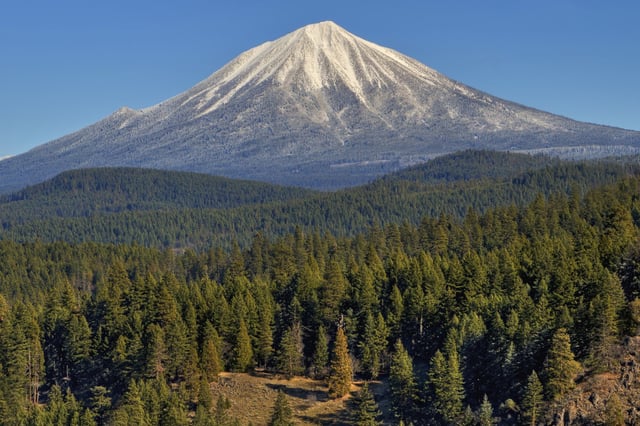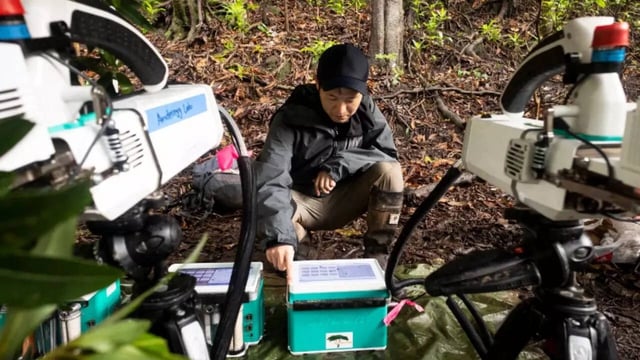Overview
- NASA and the Smithsonian Institution are collaborating to use satellite imagery from Landsat 8 and Sentinel-2 to monitor tree canopy greenness as a proxy for volcanic CO₂ emissions.
- The AVUELO mission is validating this approach by combining airborne observations and ground-based leaf analysis at Costa Rica's Rincón de la Vieja volcano.
- Researchers confirmed that anomalous canopy greening near volcanic sites correlates with increased CO₂ emissions, providing early warning signs before other indicators emerge.
- This method addresses limitations of traditional CO₂ monitoring, which relies on costly and logistically challenging ground-based sensors in remote or inaccessible areas.
- While promising, the tree-based proxy method faces constraints, including variability in tree species' responses, interference from environmental factors, and the absence of trees near some volcanoes.


